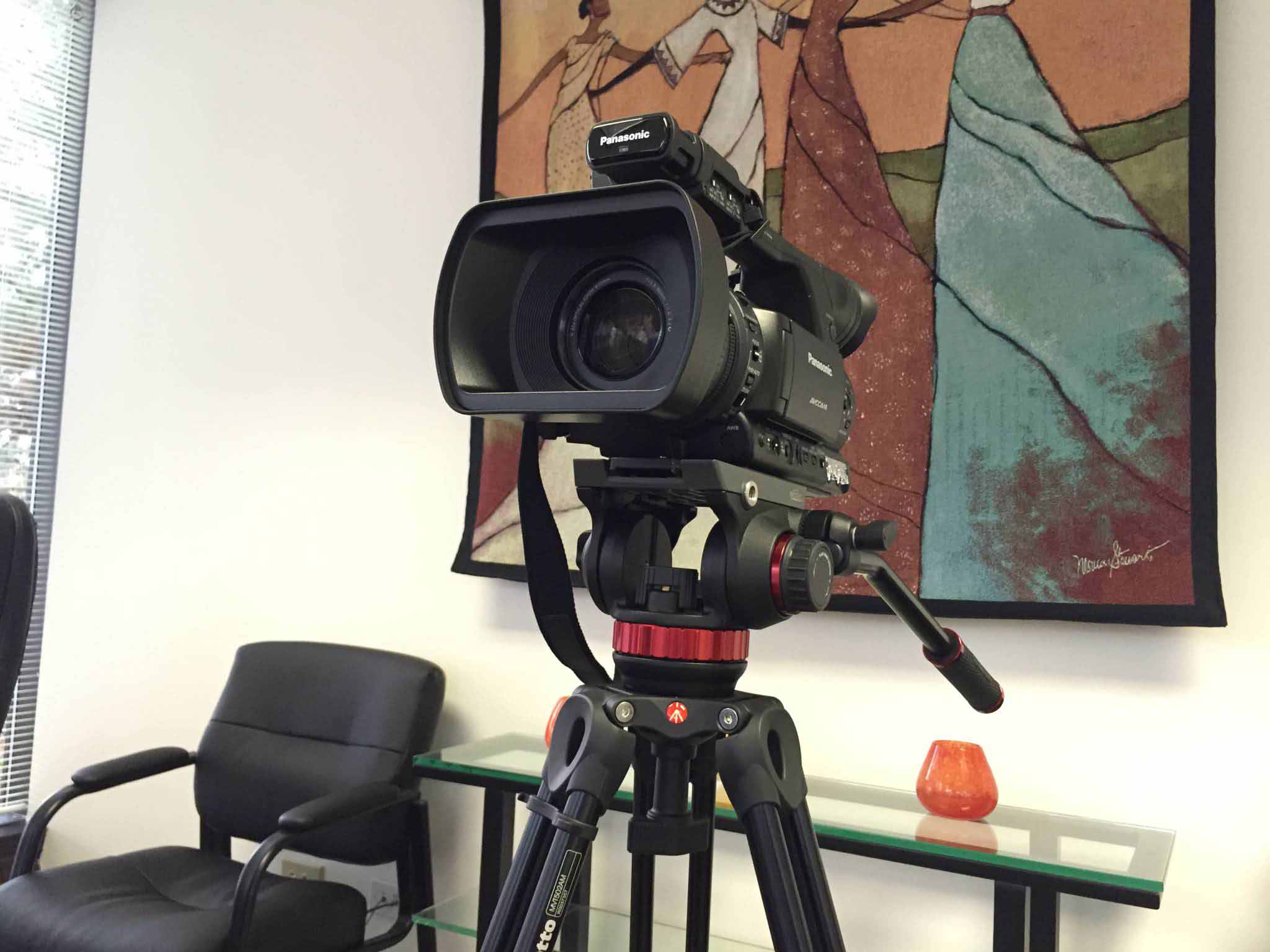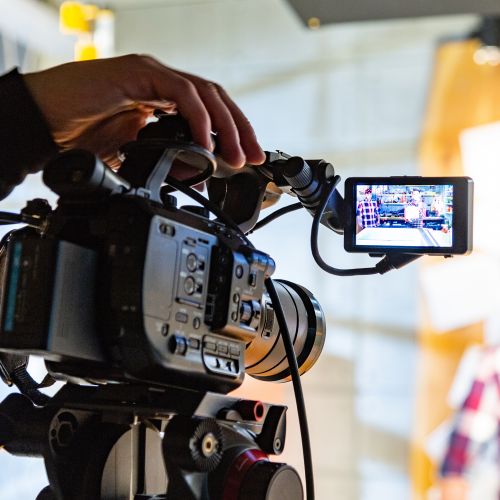Exploring the Vitality of Legal Videography: a Comprehensive Understanding Into Its Functionality in Maintaining Accurate Visual Records for Legal Cases
Legal videography stands as a crucial element in the world of legal proceedings, serving as a quiet yet effective onlooker in the quest of justice. As we delve right into the performance and significance of legal videography in the context of lawful instances, a profound awareness dawns upon the vital role it plays in forming the course of justice.
Importance of Legal Videography
Highlighting the critical duty of legal videography in modern legal proceedings, its value lies in its ability to supply undeniable aesthetic evidence that boosts the presentation of testimonies and facts. By catching online occasions, depositions, and witness testaments in a video clip format, legal videography guarantees that every subtlety, expression, and detail is accurately maintained for later review. This visual documentation acts as an effective device in courtrooms, permitting judges and jurors to better recognize the context of an instance and make informed decisions based upon the presented evidence.
In addition, legal videography contributes to enhanced openness and accountability in the legal system. In significance, the significance of legal videography exists in its capability to support the honesty of the legal procedure by capturing and protecting accurate aesthetic documents that support the search of justice.
Performance in Lawful Documentation
Legal videography's duty in contemporary legal proceedings expands beyond supplying aesthetic evidence; its performance in legal documentation is vital for precisely protecting the information of testaments and occasions. With the careful recording of depositions, court process, witness statements, and criminal offense scene investigations, legal videography makes sure an unfiltered account of events that can be taken another look at and evaluated during the legal procedure. This exact documents functions as a critical resource for juries, attorneys, and judges to reference particular minutes, body movement, faces, and subtleties that might not be completely captured in created transcripts alone.
In addition, legal videography plays an essential duty in preserving the stability of lawful procedures by minimizing the threat of false impression or adjustment of info. The aesthetic documents recorded with legal videography provide an objective depiction of the facts presented throughout a case, supplying a comprehensive and reliable source of evidence that can considerably affect the outcome of lawful disputes (Legal Videography). Basically, the functionality of lawful videography in legal paperwork functions as a cornerstone in maintaining openness, accuracy, and fairness within the lawful system
Importance in Visual Evidence Preservation
Preserving aesthetic proof with precise recording methods is a crucial aspect of legal videography. The value of aesthetic proof preservation can not be overstated in lawful process. Visual evidence, such as videos of crime crashes, statements, or scenes, can provide very useful understanding right into events that words alone may not completely capture. By precisely recording these visuals, legal videographers play an essential function in ensuring the stability and authenticity of proof offered in court.
Visual proof conservation likewise aids in stopping misconceptions or false impressions that can arise from written or spoken testaments. The capacity to see and hear occasions as they took place can considerably influence the result of a case. Aesthetic evidence can serve as an effective device for both the prosecution and protection in providing their debates persuasively.
Duty in Ensuring Justice
In the quest of just legal and reasonable end results, the duty of lawful videography is indispensable. Legal videography plays a critical function in making sure justice by supplying accurate and objective visual proof that can considerably influence the end result of lawful instances.
Moreover, lawful videography works as a means of protecting turning points and information that may be missed out on or misinterpreted in written transcripts (Legal Videography). By documenting scenes, activities, and communications in real-time, lawful videography helps stop misstatements and guarantees that all parties involved have access to the same info, promoting openness best site and accountability in the legal process. Ultimately, using legal videography not only improves the efficiency of lawful procedures however also maintains the concepts of justice and equity in the lawful system
Important Device for Legal Cases

Verdict
In conclusion, legal videography plays a crucial duty in preserving exact visual documents for legal instances. Its importance depends on its performance in lawful documentation, importance in visual proof preservation, and function in ensuring justice. As a crucial device for lawful cases, legal videography functions as a beneficial source for presenting visual evidence and adding to the total stability of the lawful process.
Lawful videography's function in modern-day lawful process extends beyond providing visual evidence; its capability in lawful paperwork is necessary for accurately maintaining the information of testaments and occasions. In essence, the functionality of legal videography in lawful documentation offers as a foundation in supporting openness, accuracy, and fairness within the legal system.
Eventually, the use of legal videography not just improves the efficiency of legal procedures however additionally promotes the principles of justice and equity in the legal system.

As an important tool for legal situations, lawful videography serves as a valuable resource for providing visual proof and contributing to the overall integrity of the lawful procedure.